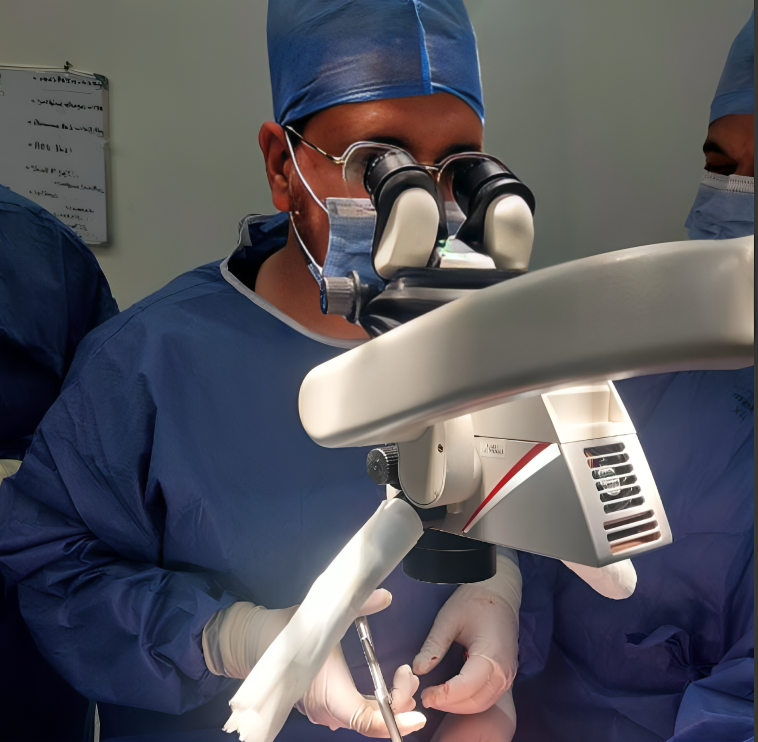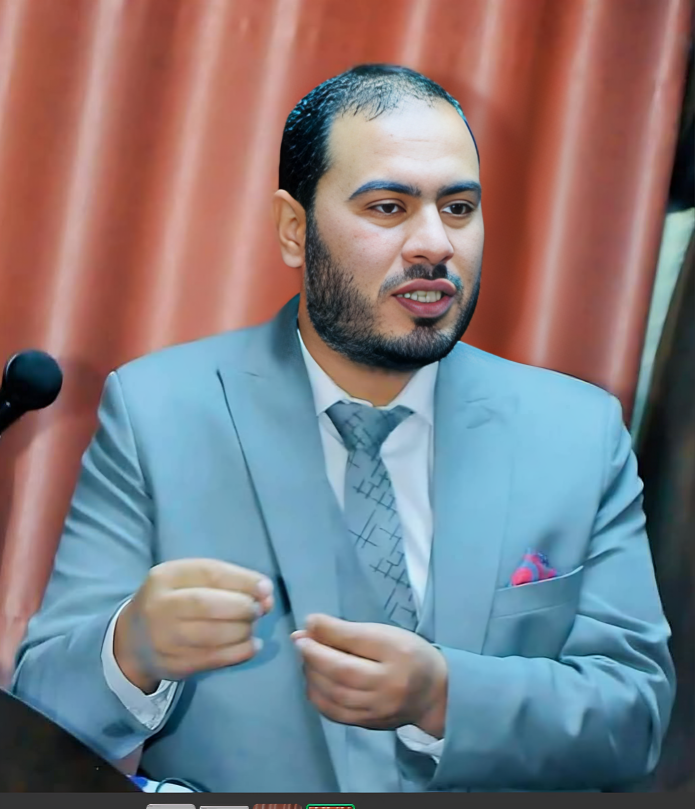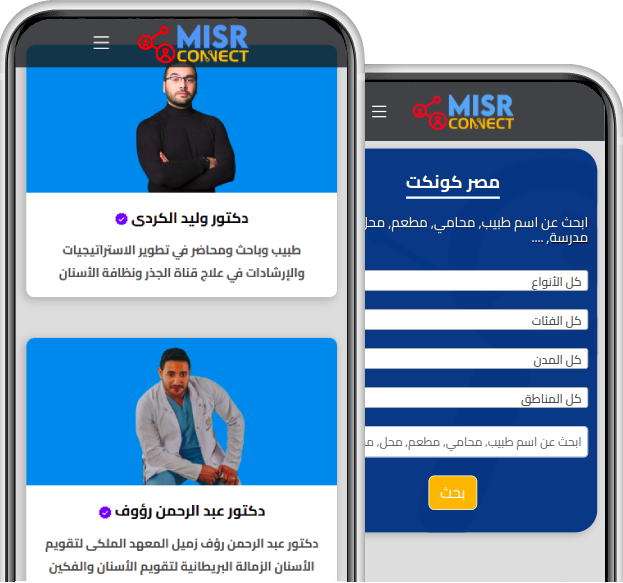Flat Foot Treatment: Everything You Need to Know for the Right Treatment
Flat foot is a common condition that can affect both children and adults. It may be caused by hereditary factors or weakened muscles and ligaments. With advances in medicine, flat foot treatment methods have become more precise and effective, helping reduce symptoms and improve mobility. In this article, we will provide comprehensive information about flat foot treatments and how to manage this condition for the best results.
Types of Flat Foot
Before discussing treatment methods, it's essential to understand the different types of flat foot that can occur:
Flexible Flat Foot: The arch of the foot appears when sitting but disappears when standing.
Rigid Flat Foot: The arch is absent both when sitting and standing.
Acquired Flat Foot: This can occur due to an injury or certain diseases like tendonitis.
Flat Foot in Children: This is common and usually improves with age.
Flat Foot Treatment Methods
There are several methods for treating flat foot, depending on the severity and whether it causes symptoms:
Conservative (Non-surgical) Treatment: This is used for mild to moderate cases and includes:
Use of Medical Shoes or Arch Supports: To provide additional support to the arch.
Stretching and Strengthening Exercises: To help strengthen the muscles supporting the arch.
Use of Crutches: To reduce pressure on the foot in acute cases.
Surgical Treatment: In severe cases that do not respond to conservative treatment, surgery may be required to improve foot function, including:
Tendon Surgery: To strengthen or correct the tendons in the foot.
Bone Fusion Surgery: In some cases, surgery is performed to strengthen the bones and maintain the foot's correct shape.





